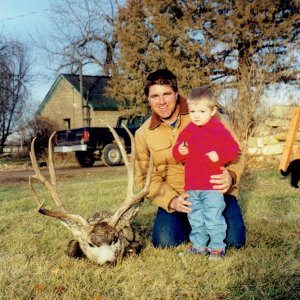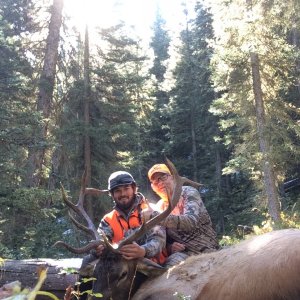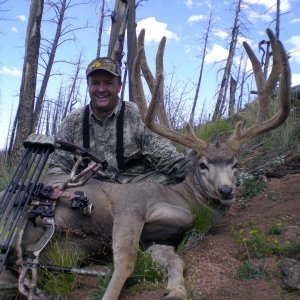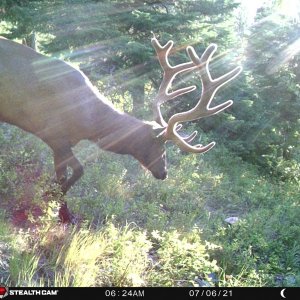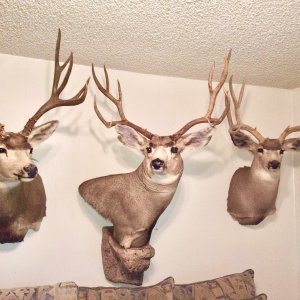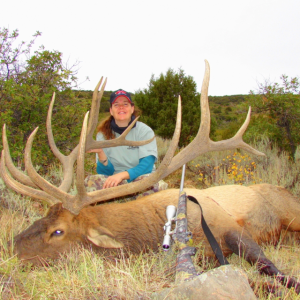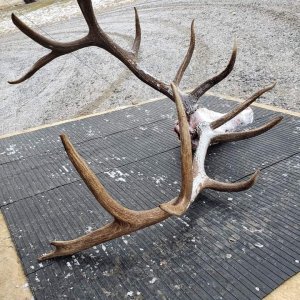Well... here we are.
I doubt that very many guys have actually "worn out" brass from reloading it (providing it's done correctly).
It's difficult to impossible to determine the correct "shoulder bump" if your rifle is an auto or a lever but I'm sure smarter guys than me can do it.
I'll explain: When ammo is fired, the brass expands to "roughly" the chamber dimensions. You do not want this new expanded size for an auto or lever because minuet variations will cause you ammo to "jam". So... we need to run the brass through a sizing process of some kind and we do this also to reform the neck for bullet tension.
Now, when our brass is being squeezed down from the sides it has a tendency to flow forward which pushes the shoulder forward and creates and even longer case. We need to "bump"... (as it's called but we actually press it) back down so it's not too long to fit back into our chamber.
HERE LIES THE ISSUE! If we repeatedly fire and push the shoulder back TOO FAR, during sizing, the brass will become weak and separate just in front of the web. Hence we want 1-3 thousandth clearance between the sized brass and the front of the rifle chamber at the shoulder of the case. This can be accomplished by adjusting the sizing die downward incrementally (shoulder bump) until we "feel" the case being chambered. This process required dis-assembly of several bolt parts so the ejector, extractor, cocking and striker assembly does not interfere with the "feel".
There's the rub, I don't know how to tell you to do this process with a lever or semi-auto but some guys might.
So you're back to "mashing" (you can possibly mitigate some ill effect with extensive testing) the case back to minimum specs so you can ensure they'll cycle in your type rifles and plan on discarding your brass more often.
How many times you can reload your cases for you rifles is nothing more than a guess but I'd guess about 5-7 times. In a bolt rifle, using proper Techniques and not stretching the primer pockets with hot loads, a guy can get about double that number of reloads from his brass until the time he thinks it's best to replace it. Remember, it's a component too, just like powder, bullet and primer, and need replacing.
Whew, now we've just scratch the surface.
Zeke


